  |
City of GlasgowGreat Western Road
|
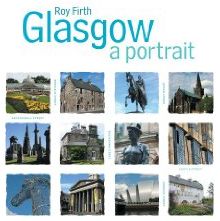 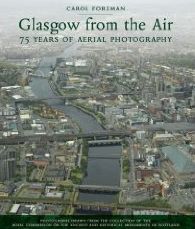 |
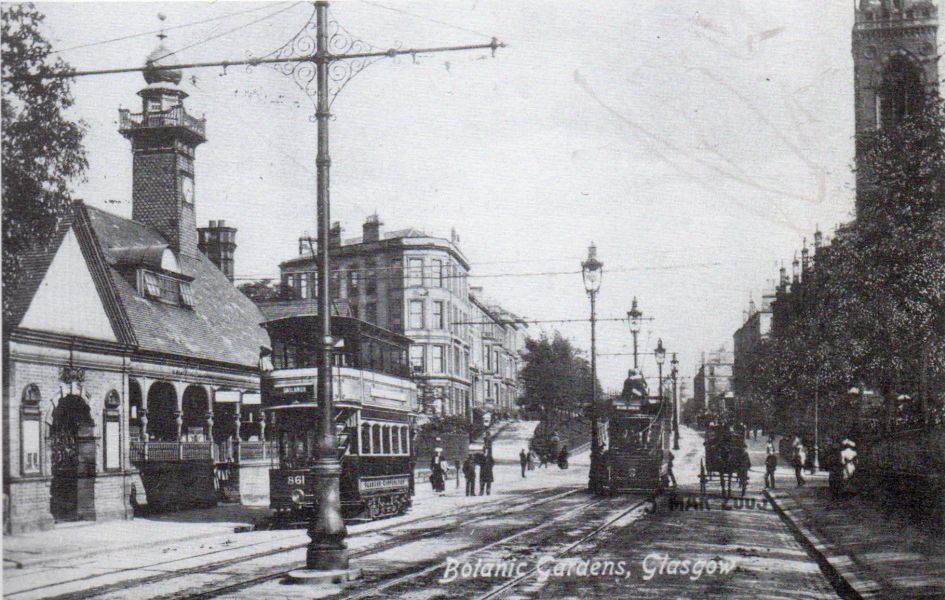 Great Western
Road at Botanic
Gardens
in Glasgow The A82 begins in the St. Georges Cross area of Glasgow, before threading through the city's West End. Glasgow's "Boulevard" ( the Great Western Road ) runs NW through Kelvinside, Anniesland, Blairdardie, Clydebank and Dumbarton |
|
Bingham's Pond in Great Western Road Bingham's Boating Pond was created in the 1880s on the site of old brick and coal pits. In
c1885 a boathouse was built and subsequently became a tea room. The
eastern part of the site was sold in 1956 and in the 1960s that
part of the pond was in-filled and a hotel and a car park were built. The remaining part of the site was acquired by the Corporation of Glasgow for a public park. In 2003 an island was formed in the pond as a sanctuary for swans and other birds. |
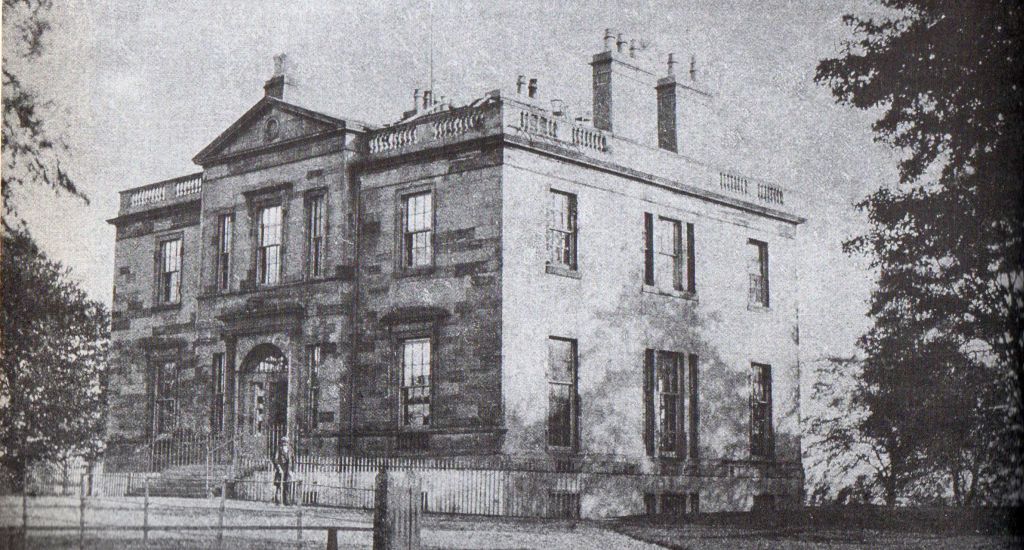 Gilmorehill
House
The mansion was built c1802 by the West Indies merchant Robert Bogle. In 1845 the estate was sold to the Glasgow Western Cemetery Co ( later known as the Gilmorehill Co ) and then sold to the University of Glasgow in 1865. The mansion was demolished to make way for new university buildings. |
 Kelvingrove
House ( b1783 )
In 1782, Lord Provost Patrick Colquhoun acquired the lands of Woodcroft and renamed it Kelvingrove. The mansion was built in the following year. The house became Glasgow's first municipal museum in 1872. It was demolished in 1899 and the Kelvingrove Art Gallery and Museum erected in its place. |
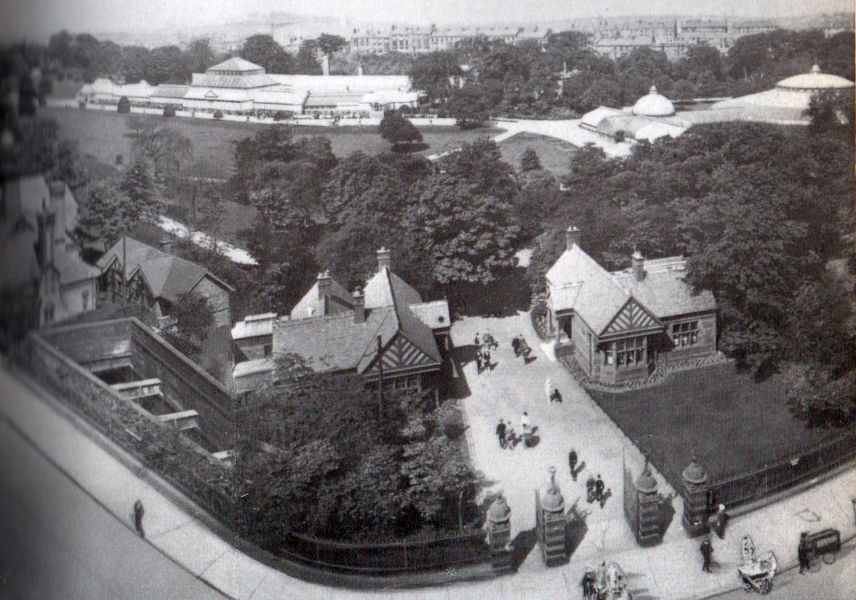 Botanic Gardens
The Botanic Gardens in the West End of Glasgow is a large public park with several glasshouses, the most notable of which is the Kibble Palace. The gardens were created in 1817 and were run by the Royal Botanic Institution of Glasgow. |
|
Botanic Gardens Railway Station The
station building was an ornate red brick structure
with two towers sporting a clock and Caledonian Railway monogram, topped by domes reminiscent of a Russian orthodox church. The station was opened on 10
August 1896
by the Glasgow Central Railway. The station building was on ground level, and the platforms were underground, beneath the Glasgow Botanic Gardens. It was closed to passengers on 6 February 1939, with the line being closed on 5 October 1964. |
|
Botanic Gardens Railway Station |
|
Grosvenor
Picture House in Ashton
lane
Opened in May 1921 |
|
Bridge
over the River Kelvin
at Great Western Road |
|
Tram on Bridge
over the River Kelvin
at Great Western Road |
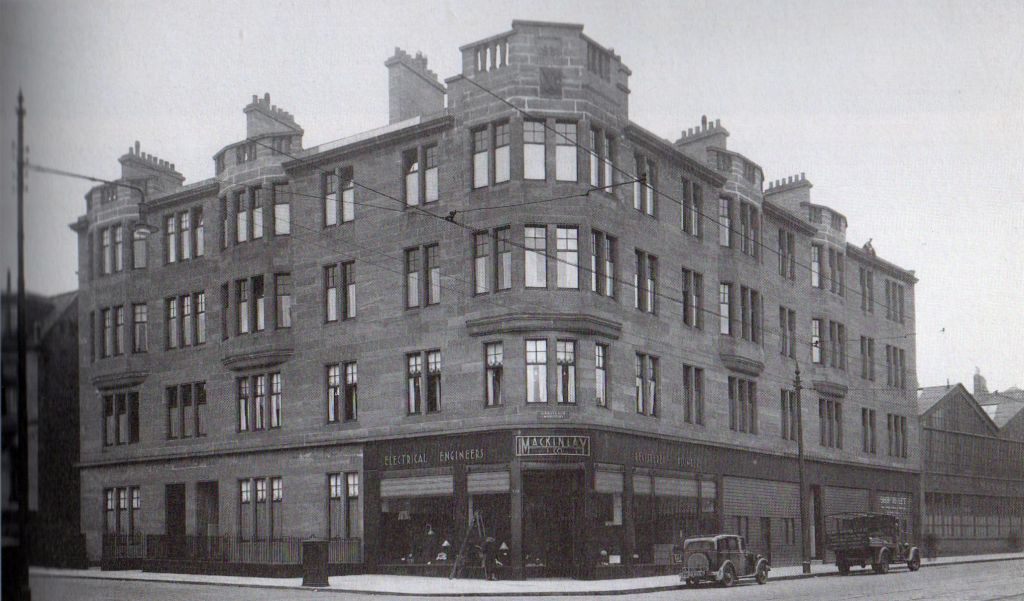 |
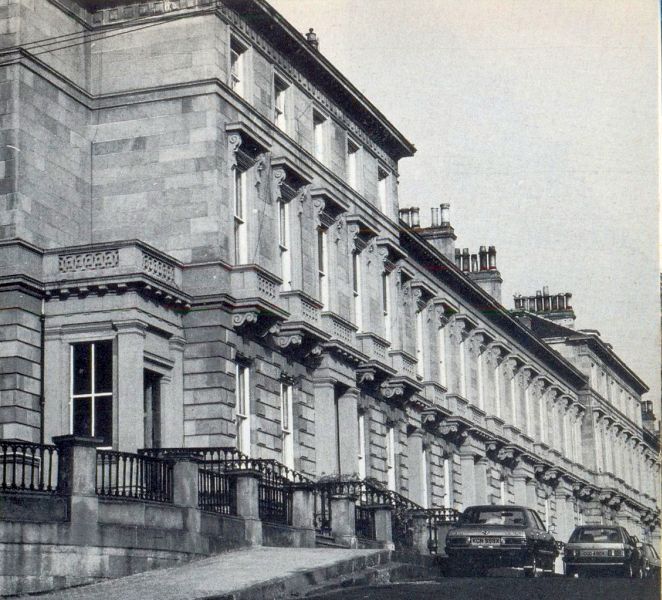 |
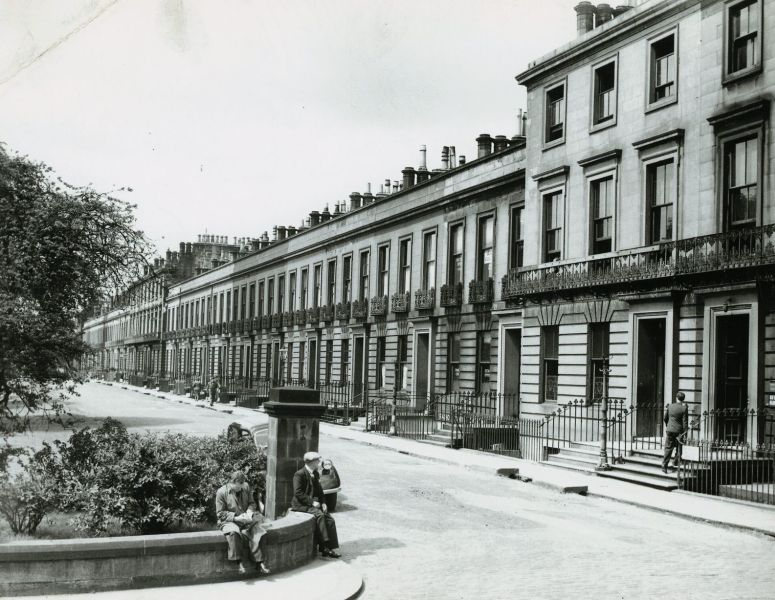 Terraces in Great
Western Road
|
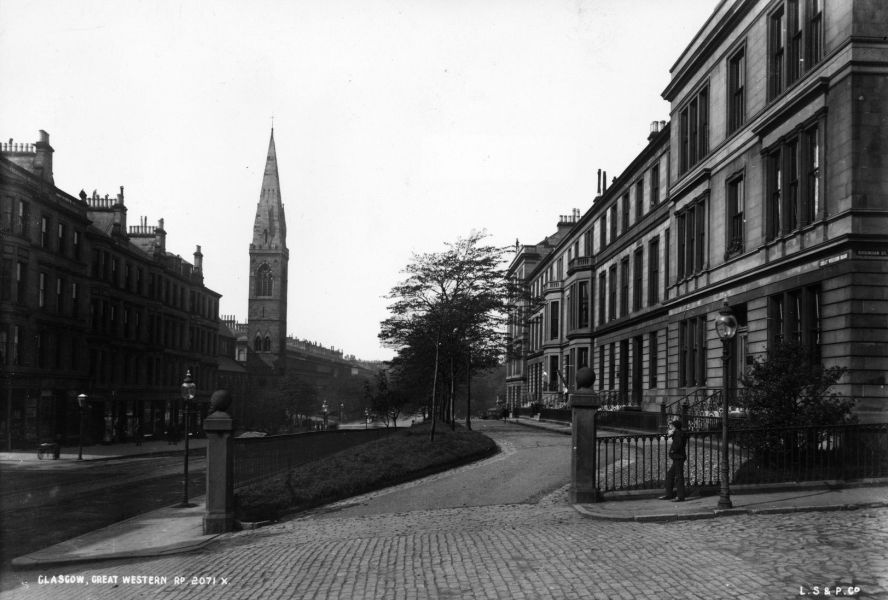 Terraces in Great
Western Road
|
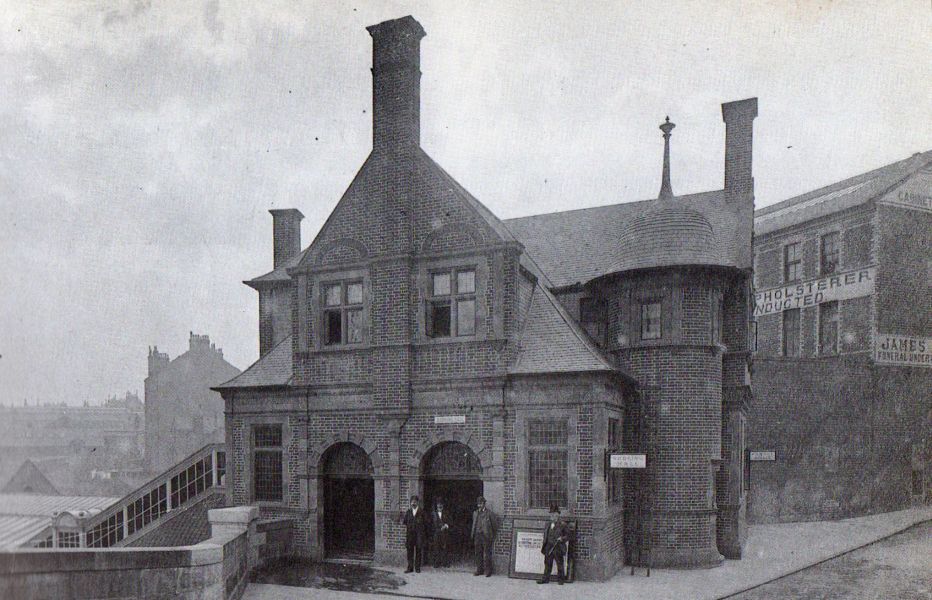 |
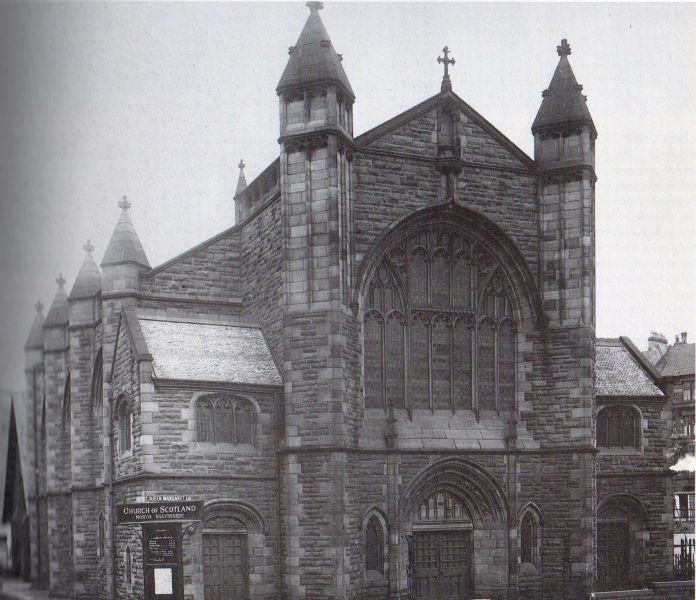 Kelvinside
UP Church
established on 3rd September 1893. The hall was designed in early English Gothic style. The United Presbyterian denomination joined with the Free Church in 1900 to form the United Free Church, which merged with the Church of Scotland in 1929 when the building became known as North Kelvinside Parish Church. |
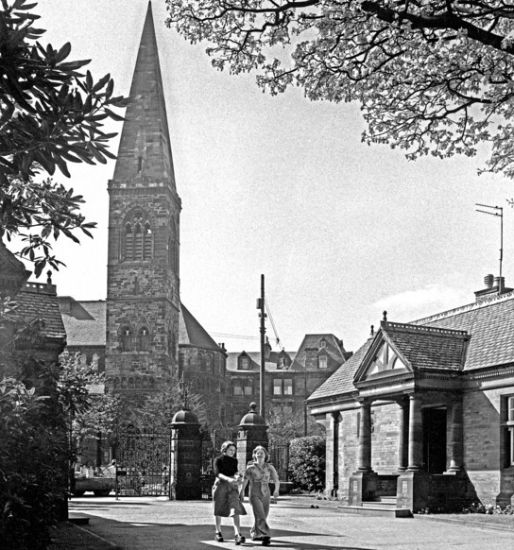 Former Kelvinside Free Church
in Great Western Road at Byres Road from the entrance to the Botanic Gardens Photographs of Old Glasgow |
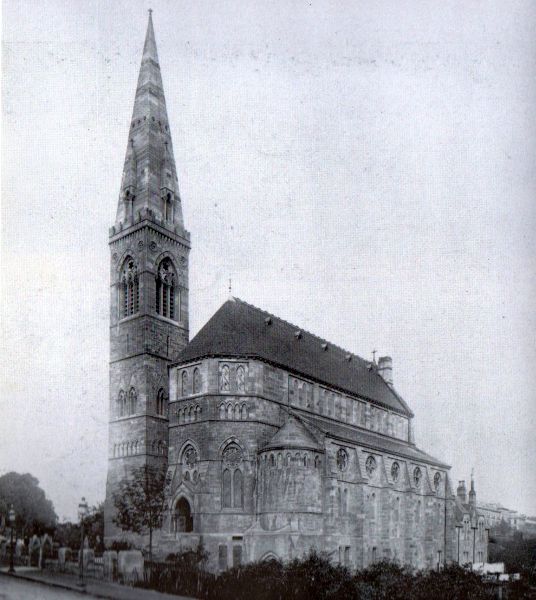 Kelvinside
Free Church
- designed in 1862 in Gothic Revival style |
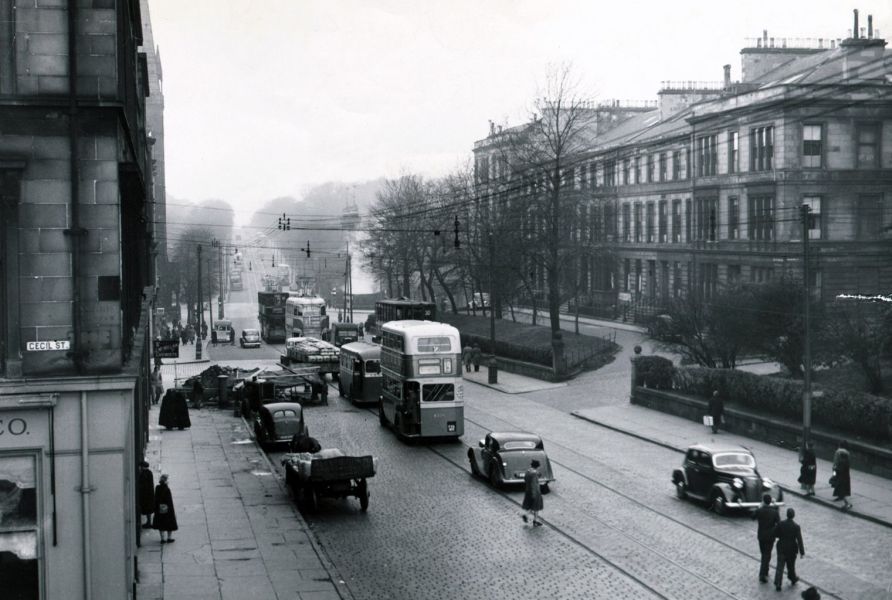 |
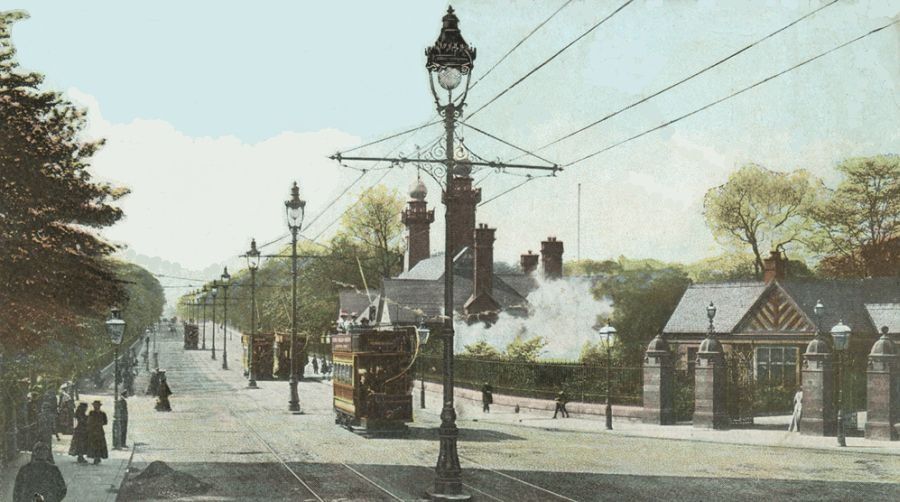 Old photo of Great Western Road at the entrance to the Botanic Gardens Glasgow Trams Gallery 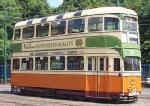 |
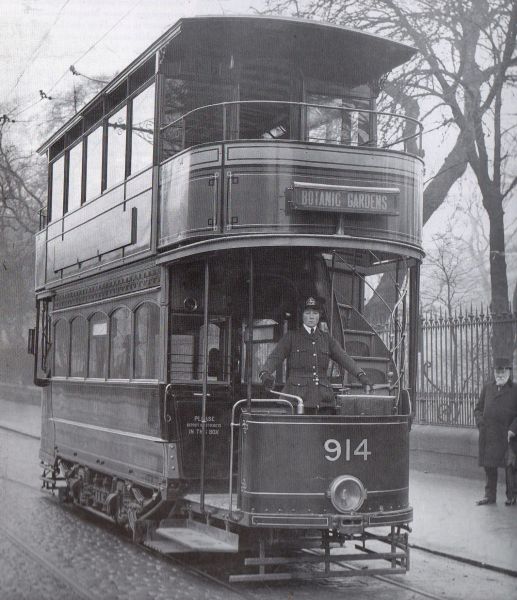 Old photo of tram in Great Western Road Glasgow Trams Gallery  |
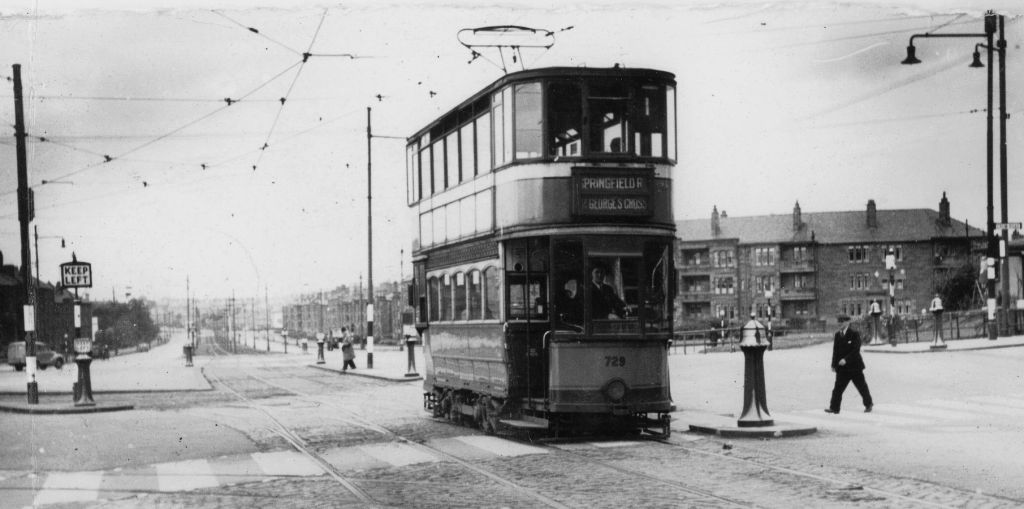 Old photo of tram at Anniesland Cross in Great Western Road Glasgow Trams Gallery  |
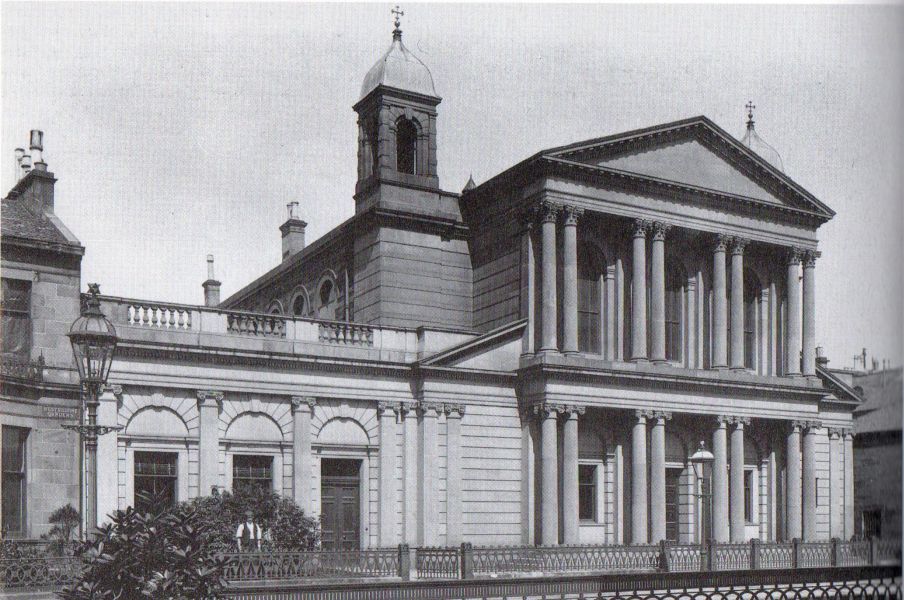 |
|
Grosvenor
Terrace
The Venetian-style terrace was described as; " The finest range of buildings in Great Britain " |
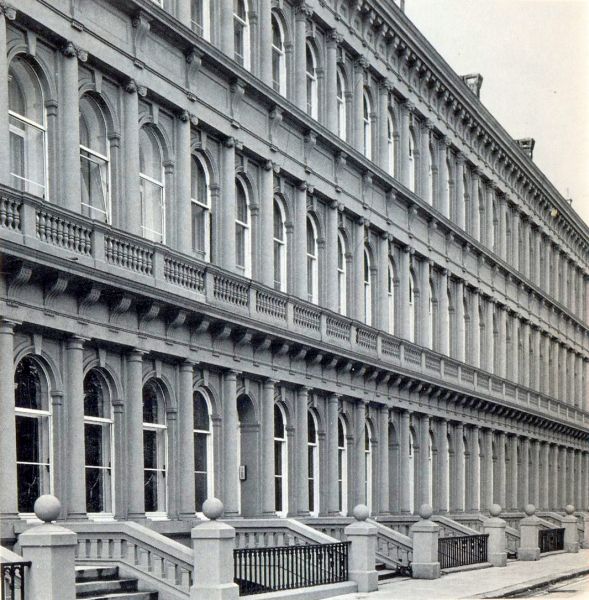 Grosvenor
Terrace ( 1855 - 58 )
in Great Western Road in Glasgow The Venetian-style terrace was described as; " The finest range of buildings in Great Britain " |
|
Villa at 998 Great
Western Road ( b1877 ) in Glasgow |
|
Kirklee Bridge ( b1899-1900 ) over the River Kelvin A category "B" listed building |
Glencoe | Ben Nevis | Knoydart | Isle of Skye | Isle of Arran | The West Highland Way
The Eastern Highlands | The Central Highlands | The Southern Highlands | The NW Highlands